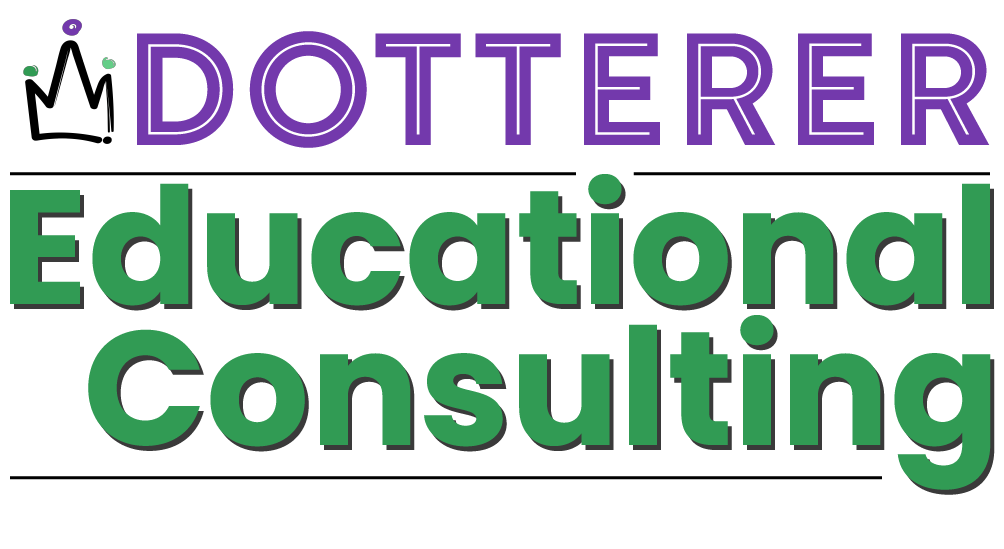Are you tired of the same old math lessons that leave your students disengaged and struggling to understand the math standards? It’s time to rethink your approach and embrace the power of sensory learning! In a recent episode of the Tier One Interventions podcast, educators Cheri Dotterer and Jonily Zupancic shared groundbreaking insights on how to transform your math classroom into a vibrant and inclusive learning environment. These episodes are recorded live on the third Saturday of the month. Consider joining them live.
The Science Behind Sensory Learning
Did you know incorporating movement, breathing exercises, and novelty into your math lessons can significantly enhance student engagement and comprehension? Research shows that these sensory experiences activate different brain parts, leading to a deeper understanding and retention of mathematical concepts. By tapping into students’ senses, we can create a more holistic and enjoyable learning experience.
3 Activities that Expose Math Standards

Movement: Encourage students to get out of their seats and physically interact with math concepts. This could involve using their bodies to form angles, acting out mathematical equations, or engaging in kinesthetic activities that reinforce learning.
Breathing Exercises: Start your lessons with simple breathing exercises to help students focus and regulate their emotions. Try incorporating angle breathing, where students use their arms to form different angles while inhaling and exhaling.


Novelty: Keep students on their toes by introducing unexpected elements into your lessons. This could involve changing the color of your PowerPoint slides, incorporating various breathing exercises, or using creative visuals to illustrate math concepts.
The Power of Vertical Non-Permanent Thinking Spaces
Consider transforming your classroom by incorporating vertical, non-permanent thinking spaces. These spaces, such as whiteboards or chart paper on the walls, allow students to move around, collaborate, and express their mathematical thinking dynamically. You can even introduce flexible seating options like stools or floor mats to cater to different learning styles.

12 Activities included in the Adaptive Condensed Math Curriculum
The podcast also highlighted the importance of adapting your math curriculum to meet the diverse needs of your students. The Adaptive Condensed Math Curriculum, developed by Minds on Math, offers a comprehensive solution with 12 reference tasks that cover all math standards from preschool through high school. These tasks can be easily modified to suit different grade levels and learning abilities, ensuring all students can access essential math concepts. Join Tier 1 Workshops to learn how to implement them.

Conclusion
By embracing sensory learning and implementing the strategies discussed in the Tier One Interventions podcast, you can revolutionize your math classroom and empower your students to achieve greater success. Remember, it’s not about abandoning traditional teaching methods but transcending them by incorporating new research-based practices catering to the whole child. So, take the leap and start transforming your math instruction today!
Are you ready to create a more engaging and effective math classroom? Share your thoughts and experiences in the comments below! And don’t forget to like and subscribe to our channel for more educational content.
Register for an annual Tier 1 Interventions Workshops subscription and
get an additional day for FREE on June 3, 2024:
Tier 2 Interventions. Email your questions to [email protected].


